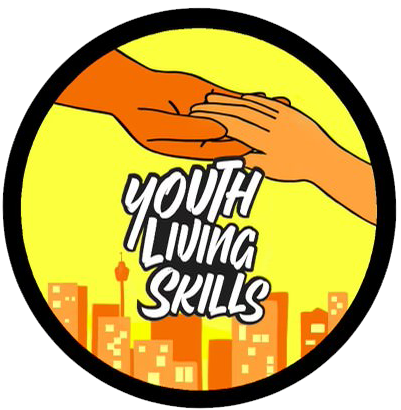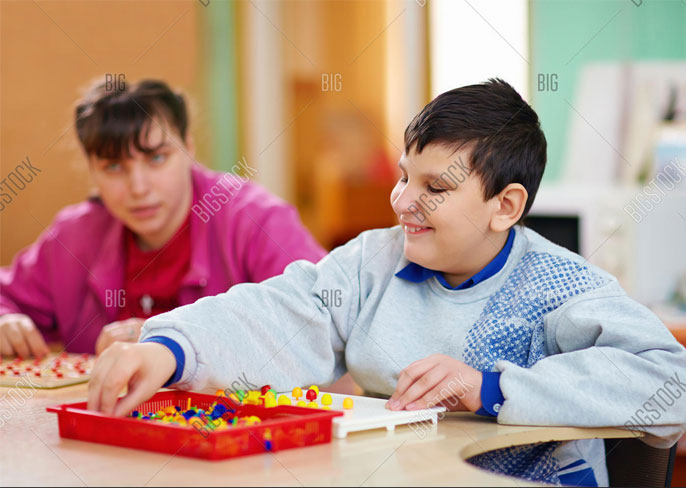Who needs to be assessed for equipment?
Children with a medical condition that is presently impacting on, or is likely to considerably affect, their functioning often require an equipment assessment. The core purpose of occupational therapy (OT) is to bolster a person’s independence and determining the physical resources that can maximise this is a key component of interventions.
OTs often work with individuals with diagnoses such as dyspraxia, hydrocephalus, multiple sclerosis, stroke, cerebral palsy, autism and neurological conditions. Children with deficits in areas such as functioning of the limbs, fine and gross motor skills, issues with eating, muscle weakness or difficulties with mobility and transfers commonly engage OT to mitigate these complications.
What is involved in an assessment?
The beginning step of any intervention generally involves the therapist gaining an understanding of the client’s personal, family, social and medical history. The OT will ask the client and/or their parents or carers about the current level of functioning and the major areas of concern. An equipment assessment often takes place in the child’s home, school and/or vehicle.
The OT will observe the child’s physical ability and overall functioning and will aim to find practical ways to reduce any difficulties by modifying the environment and adapting equipment. The OT will suggest equipment that the child and his/her parents or carers can use safely whilst maximising independence. The recommended equipment will depend on the environment it is intended to be used in, as described below:
– At home
The OT assesses the child’s functioning regarding moving around the home and activities of daily living (i.e. dressing, bathing, toileting, eating). Depending on the child’s needs, the OT may suggest simple equipment like a shower chair to increase safety in the shower, re-assessment of wheelchairs or hoists, more ergonomic mattresses, or particular utensils to advance feeding ability. Some children may need larger modifications made to the home such as the addition of ramps or rails. OTs may also have to appraise vehicle safety and recommend ways to improve transfers (i.e. ramps), or specialised car seats or seat belts to secure the child when travelling in the car.
– At school
The OT often works in collaboration with the child’s teachers to develop strategies to enhance the child’s participation and performance in school tasks. This often includes considering how the child moves around the school grounds, accesses facilities and engages in class. The OT may suggest ways to improve mobility and transfers, or help with fine and gross motor skills such as handwriting or playing ball games.
Once the equipment most suitable for your child has been obtained, the OT will educate the child and his/her parents or carers on operating it safely so that it is comfortable and practical for everyone.
Common concerns from parents or family about prescribing equipment
It is not uncommon for the family of a child who may need specialised equipment to be worried or hesitant about this process and the possible influence this may have on the child. For instance, some families may be unsure about acquiring equipment as it openly displays their child’s disability or condition. While this is understandable, it is important to remember that the goal of the equipment is to further the child’s quality of life and boost their autonomy. It is also worthwhile to note that equipment often also increases safety issues, and allows the child and their carers to complete tasks with as little (physical) risk as possible to all involved.

